

Spring Wildlife Watching: Teaching Empathy and Respect for Nature
As spring awakens, so does the world around us. Birds sing, insects buzz, and animals emerge from their winter shelters. For children, spring wildlife watching is an exciting way to engage with the natural world while learning important lessons about empathy, respect, and mindfulness.
Encouraging children to observe and appreciate wildlife not only deepens their connection with nature but also nurtures social-emotional learning, patience, and curiosity. Through play-based learning, outdoor exploration, and mindfulness activities, children can discover the beauty of the animal world while developing a sense of responsibility and respect for all living things.
Let’s explore how wildlife watching in the spring can support early childhood development and discover ways to make it a meaningful experience for young learners.
Why Wildlife Watching is Important for Children
Observing animals in their natural habitats helps children develop empathy, patience, and an understanding of ecosystems. This type of nature-based play fosters:
- Empathy and Respect – Watching animals encourages children to appreciate and care for living things.
- Mindfulness and Observation Skills – Children learn to slow down, focus, and be present in the moment.
- Curiosity and Critical Thinking – Observing wildlife encourages questions and scientific thinking.
- Language and Creativity – Describing what they see enhances vocabulary and storytelling.
- Physical and Sensory Engagement – Exploring outdoor environments engages all five senses.
By teaching children to observe animals with care and respect, we empower them to become responsible stewards of the natural world.
Set Up a Simple Nature Observation Spot
Find a quiet area in a park, garden, or backyard where children can sit and observe. Bring along a blanket, magnifying glass, or binoculars to encourage closer exploration.
- Encourage stillness and quietness—explain that animals may come closer when we watch respectfully.
- Use simple prompts like, “What do you see? What sounds do you hear?”
- Let children journal their observations with drawings or descriptions.
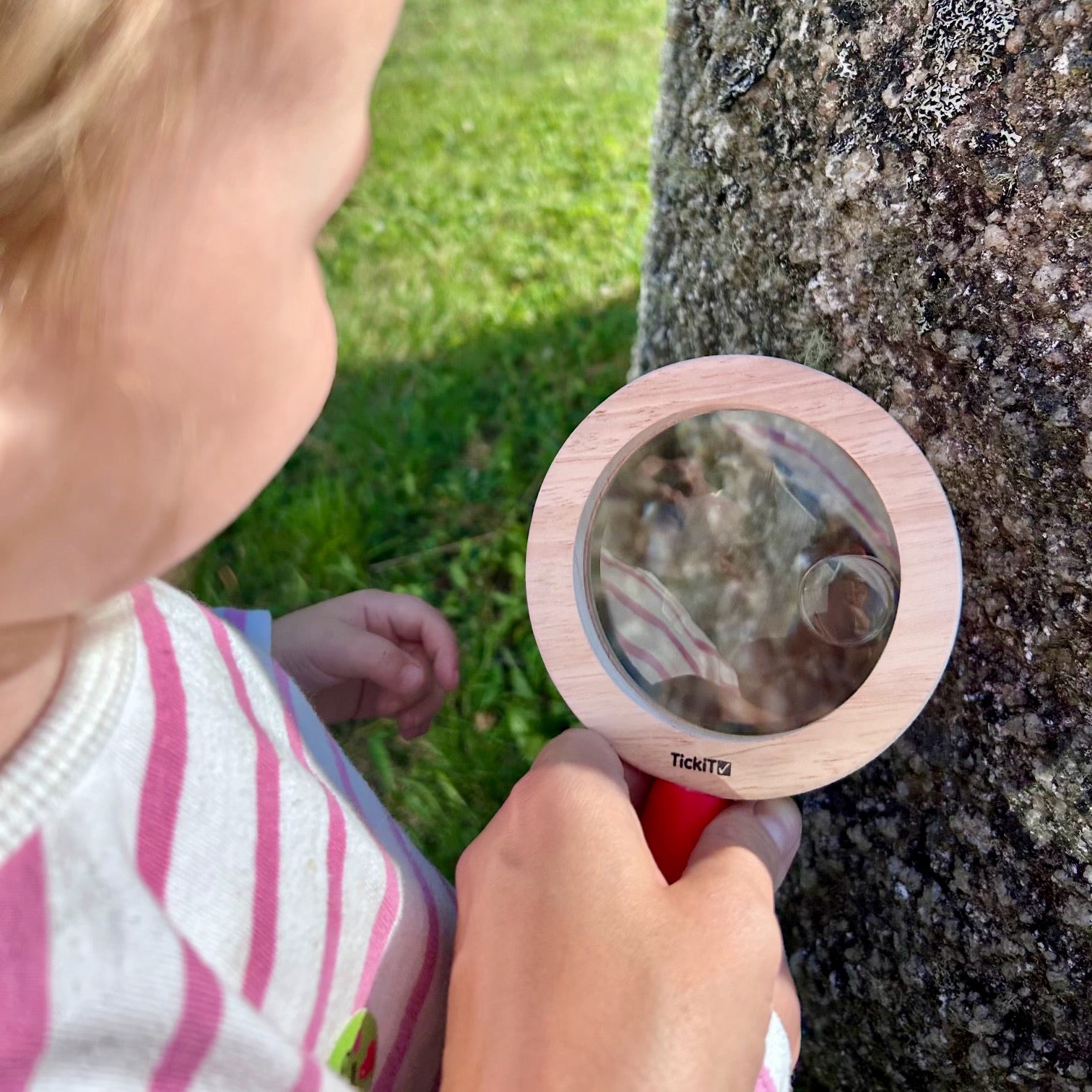

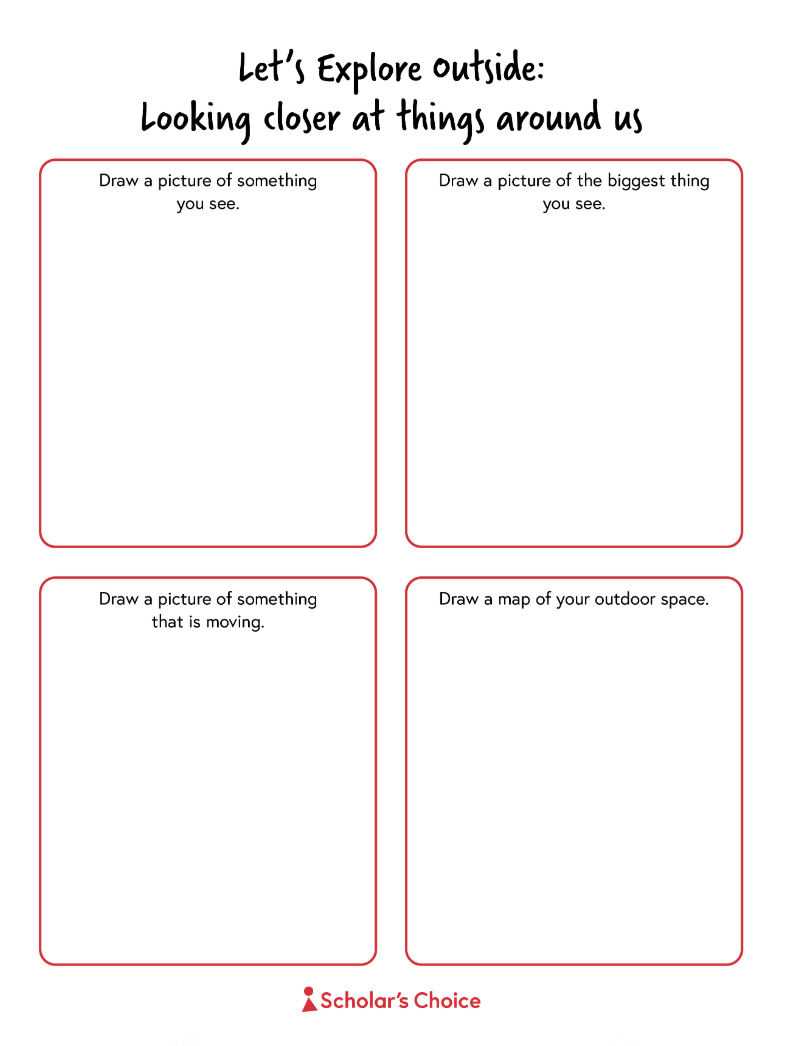

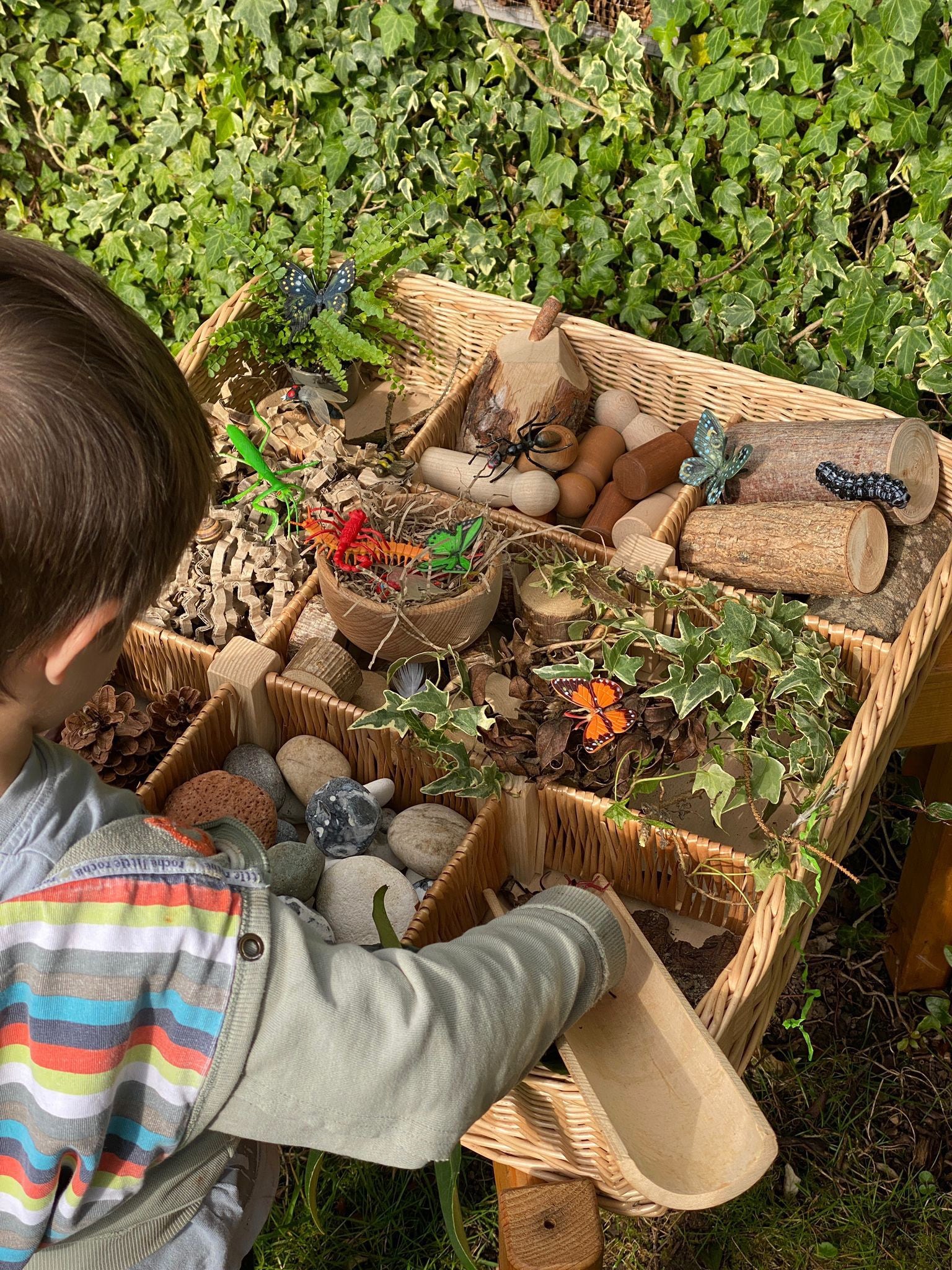

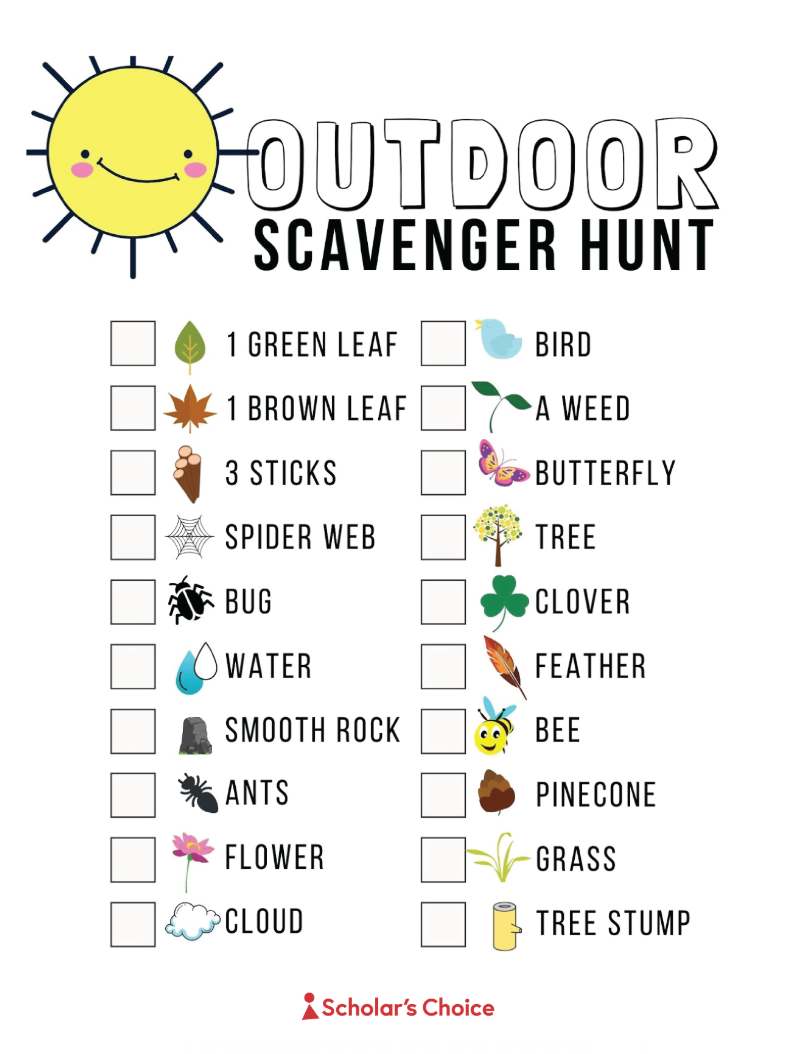

Go on a Wildlife Scavenger Hunt
Turn wildlife watching into a play-based scavenger hunt by creating a list of common spring animals children might spot, such as:
- Birds (robins, ducks, geese)
- Butterflies and bees
- Ladybugs and ants
- Rabbits and squirrels
- Frogs near ponds
Encourage children to draw a picture or describe what they find.
Encourage Gentle and Respectful Animal Encounters
Teach children that watching animals does not mean disturbing them. Use phrases like:
- “We watch, but we don’t chase.”
- “Whisper voices help animals feel safe.”
- “Stay still and the birds might come closer!”
Teaching children respectful observation skills helps them develop empathy and mindfulness.
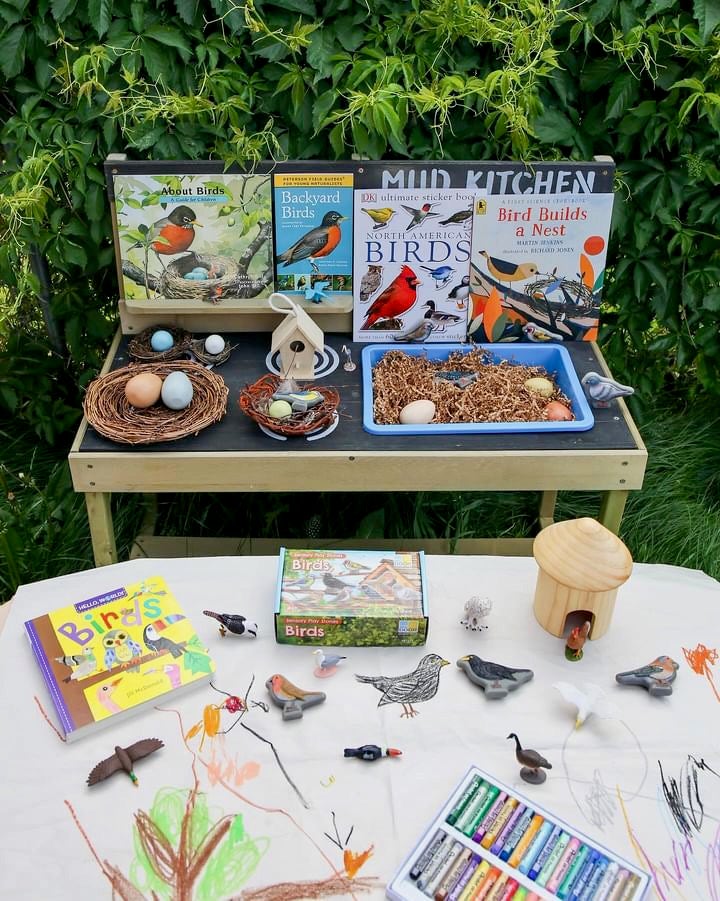

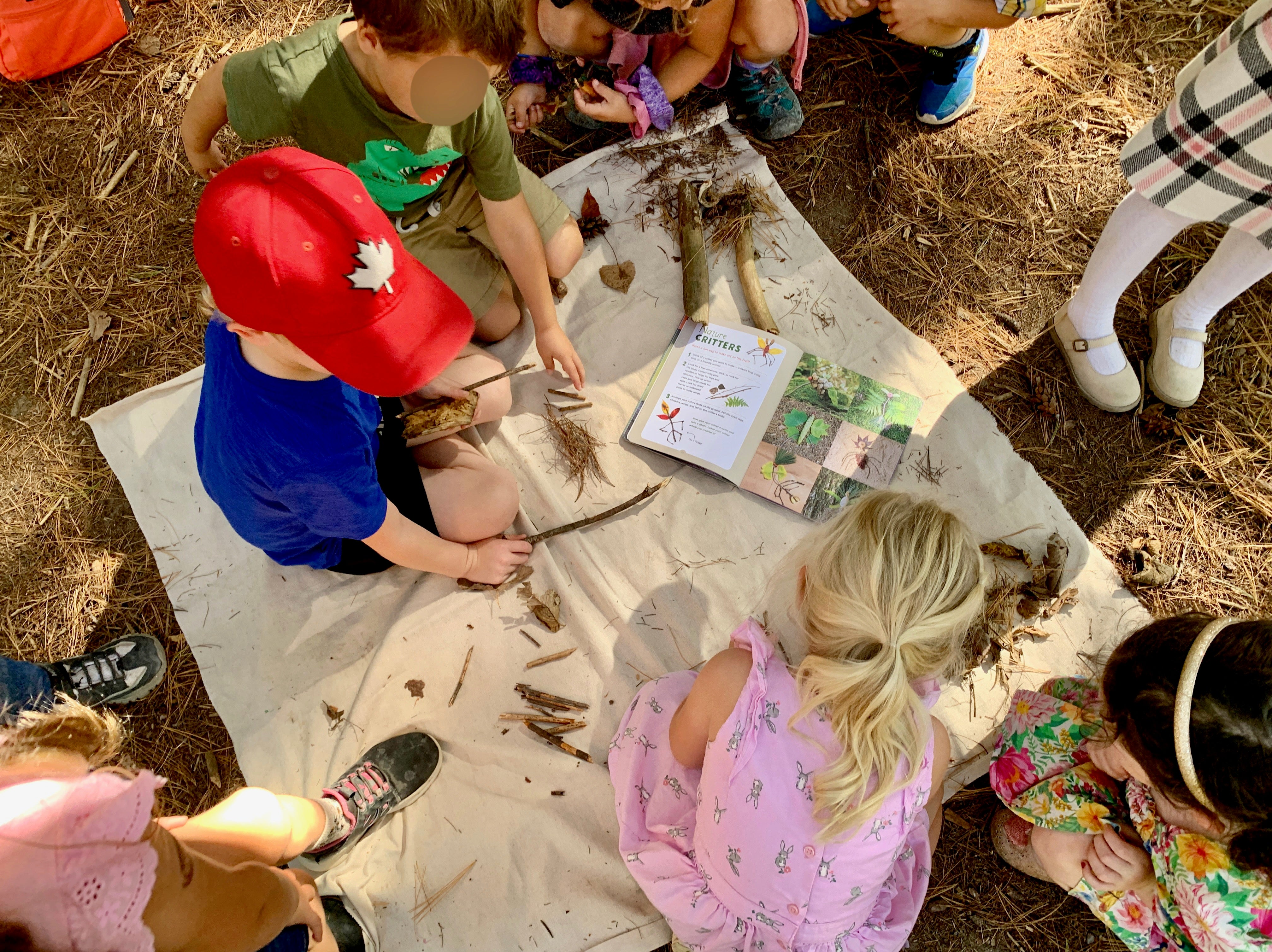



Listen to Nature’s Sounds
Encourage children to close their eyes and listen to the sounds of spring:
- Birdsong
- Rustling leaves
- Flowing water
- Buzzing bees
Ask:
- "Can you mimic that sound?"
- "How does it make you feel?"
This activity builds sensory awareness and helps children feel connected to nature.
Make a Simple Wildlife-Friendly Space
Create a small wildlife haven to encourage more animals into your play space!
- Plant native flowers to attract butterflies and bees.
- Set out fruit scraps for birds and insects.
- Build a simple bug hotel with twigs, leaves, and rocks.
Involving children in creating spaces for wildlife teaches responsibility and encourages hands-on learning.
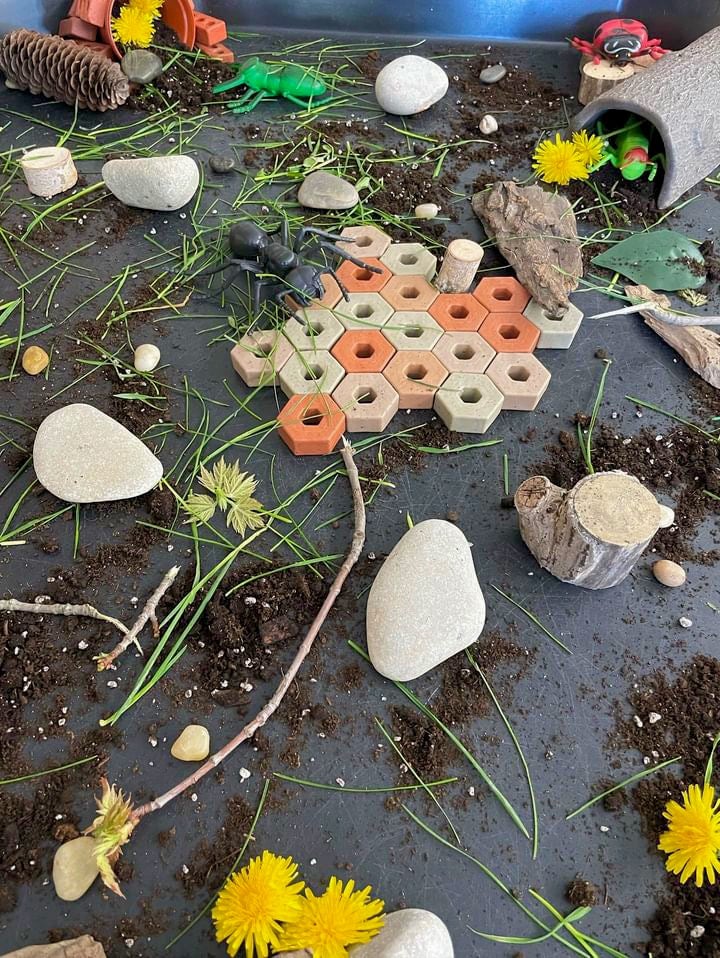



Read Books About Wildlife Together
Books are a great way to extend learning and foster curiosity. Try:
- Over and Under the Pond by Kate Messner – Explores pond ecosystems.
- Bird Builds a Nest by Martin Jenkins – Encourages learning about how birds build a nest.
- BackPack Explorer Series - Explores the world around us with nature field guides
- I Hear You Forest by Kallie George & Carmen Mok - A calming book about wonderful forest sounds introducing kids to loving—and respecting—the natural world around them
- Nature Spy Guide by Shelley Rotner - What can you find in nature? Use all five senses to explore the outdoors.
- Planting a Rainbow by Lois Ehlert - Helps children understand how to plant bulbs, seeds, and seedlings, and nurture their growth.
- Who's Looking by Carol Matas - Through clever illustrations and scientific prose, we are reminded that while we may see things differently, we all share this life together on planet Earth.
Pair reading with real-life observations for a deeper learning experience.
How Wildlife Watching Supports Social-Emotional Learning
Engaging with wildlife through outdoor learning supports emotional regulation, patience, and empathy:
- Teaches patience – Waiting quietly to spot an animal helps children develop self-control.
- Encourages responsibility – Understanding ecosystems fosters a sense of care and stewardship.
- Builds resilience – Learning to observe animals without disturbing them teaches emotional self-regulation.
- Promotes mindfulness – Tuning into nature helps children slow down and focus on the present moment.
Encouraging a Love for Nature Through Play-Based Learning
To make wildlife watching engaging and developmentally appropriate, keep it playful!
- Encourage storytelling – "What do you think that bird is saying?"
- Make animal movements – Hop like a rabbit, crawl like a bug!
- Sing nature songs – "Five Little Ducks" or "The Ants Go Marching."
- Create animal-inspired art – Draw birds, paint a butterfly, or craft a nature collage.
By combining observation with creative play, children develop a deeper appreciation for the natural world.
Final Thoughts: Nurturing a Respectful Connection with Nature
Spring wildlife watching is a beautiful way to help children slow down, observe, and connect with the outdoors. By encouraging gentle observation, sensory exploration, and play-based learning, we teach children not only about nature but also about patience, empathy, and mindfulness.
Through simple activities like scavenger hunts, quiet listening, and creating nature-friendly spaces, children develop a sense of wonder, curiosity, and care for the world around them.
So this spring, step outside, listen to the birds, watch the bees, and nurture a lifelong love for wildlife! Need some activities to help get you started? We have you covered with these outdoor exploration activities printables you can see here.

